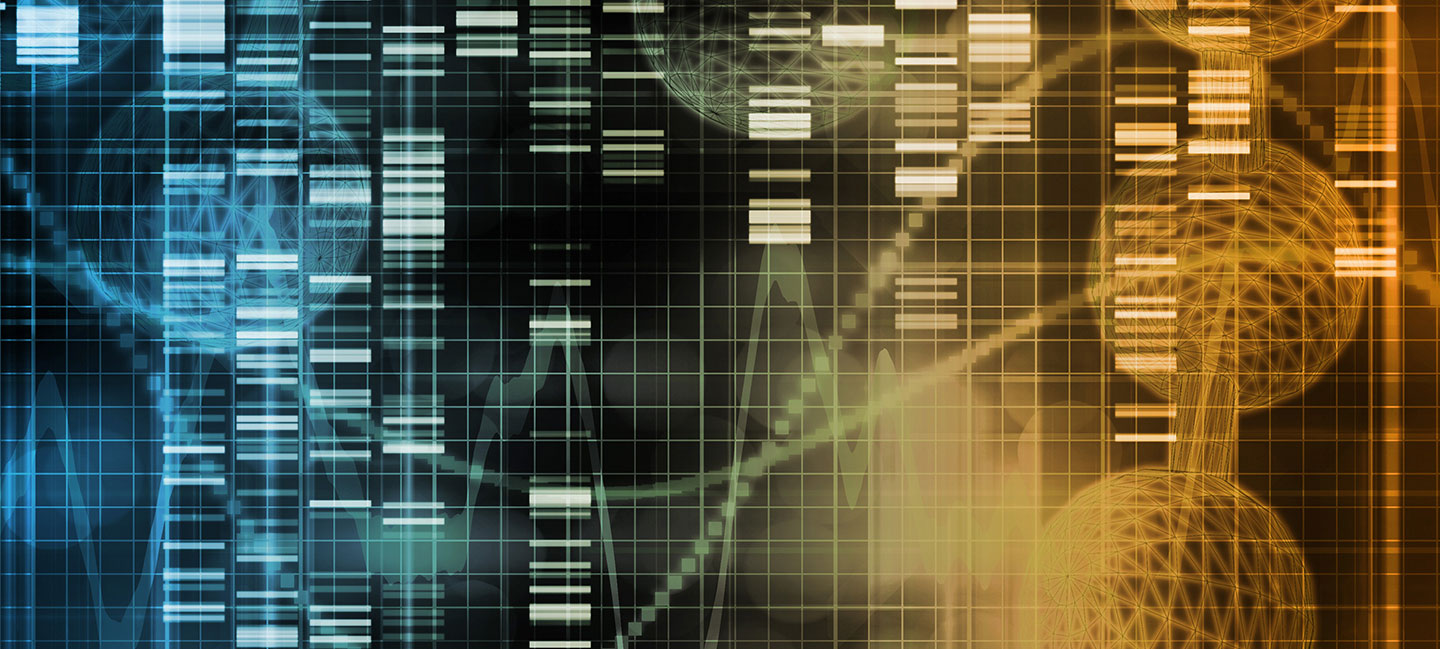New Technique Recreates Large-Scale Genetic Errors Linked to Neurodevelopmental Disorders
New Technique Recreates Large-Scale Genetic Errors Linked to Neurodevelopmental Disorders

From The Quarterly, September 2016
Genetic abnormalities called copy number variations (CNVs) are thought to be among the most common causes of neurodevelopmental and psychiatric disorders. CNVs occur when segments of DNA are either overrepresented or are missing entirely from a person’s cells. Now, researchers have devised a way to recreate specific copy number variations—including those linked to autism and other neurodevelopmental disorders—in human cells grown in the lab. This important achievement paves the way for studying exactly what goes wrong in cells that carry these defects, and could help researchers find ways to correct the problems they cause.
Considered large-scale mutations in the human genome’s structure—as opposed to “point” mutations involving changes in single DNA “letters”—CNVs can span one or even dozens of genes, altering activity levels for some or all of them. These changes can range from extreme overactivation where genes are multiplied in number, to no activation at all where genes are missing entirely. Geneticists have had difficulty teasing out exactly how different CNVs affect bodily processes and functions.

As they and their colleagues reported in the February 1 issue of the journal Nature Neuroscience, the team has used SCORE to create human stem cells that carry too many or too few copies of chromosomal regions known as 15q13.3 and 16p11.2. CNVs in these regions are associated with autism, schizophrenia, and intellectual disability.
SCORE is an application of CRISPR (Clustered regularly interspaced short palindromic repeats), a molecular research tool that in recent years has taken the biology world by storm. CRISPR is an adaptation of a genome defense system native to bacteria. (Bacteria use a CRIPSR-like system to cut out the unwanted DNA of viral intruders.) It enables scientists to edit genomes—including the human genome—with unprecedented precision and ease.
The team led by Drs. Gusella and Talkowski recognized that they could use CRISPR to create human cells with specific CNVs, those that are caused by errors in repetitive DNA sequences that flank the CNV itself. SCORE is an efficient way to introduce into lab-grown cells duplications or deletions that precisely match those that occur in people with particular disorders.
The team demonstrated the new technique by replicating two specific copy number variations implicated in psychiatric disorders. But their approach can be readily applied to produce other mutations of the same type. They and other researchers can explore the effects of any copy number variation by engineering cells that carry the mutation and comparing them to cells that are genetically identical save for that particular mutation. Such an approach, it is hoped, will illuminate biological pathways that are disrupted by copy number variations and how those disruptions contribute to psychiatric disorders.



